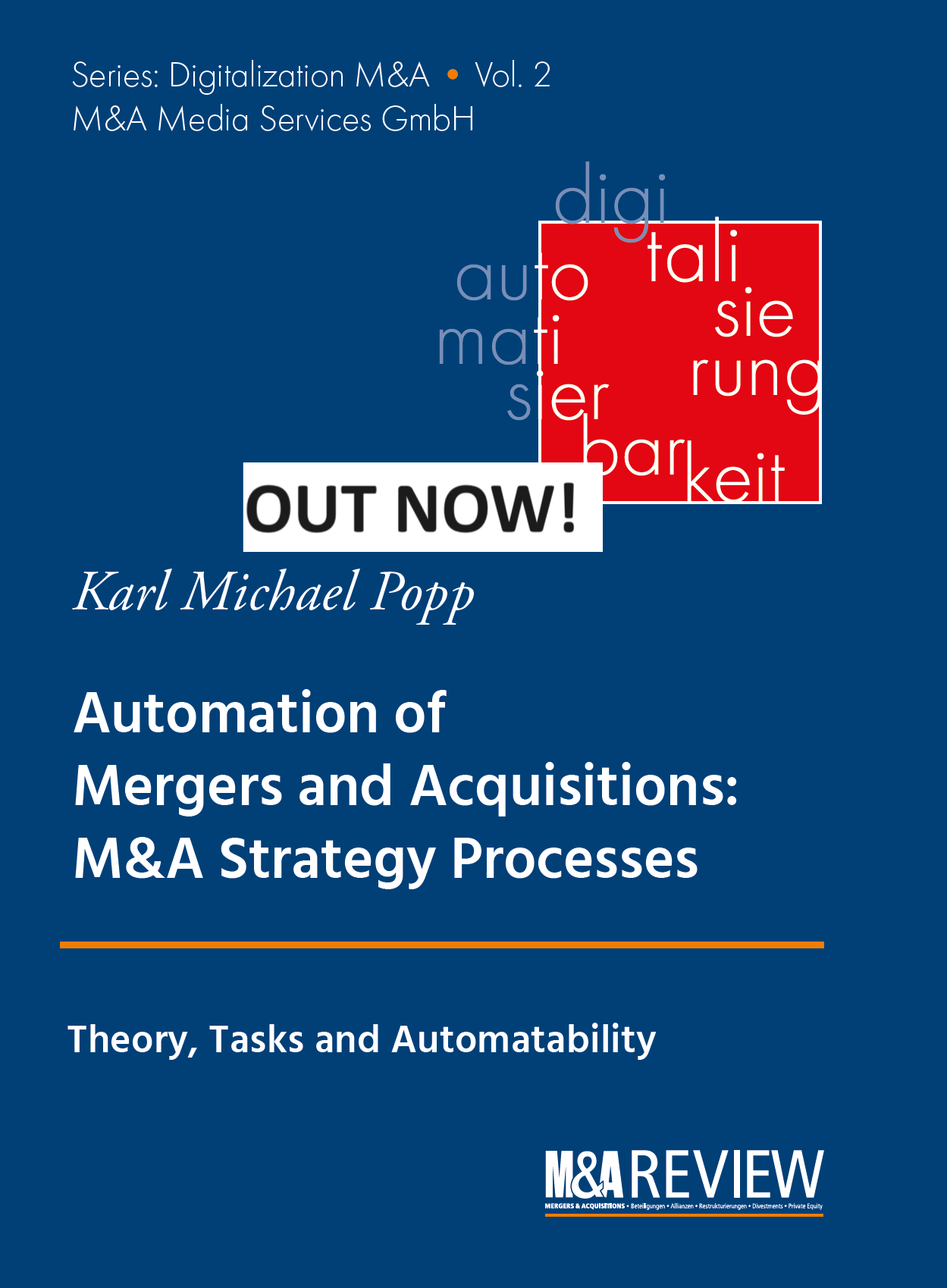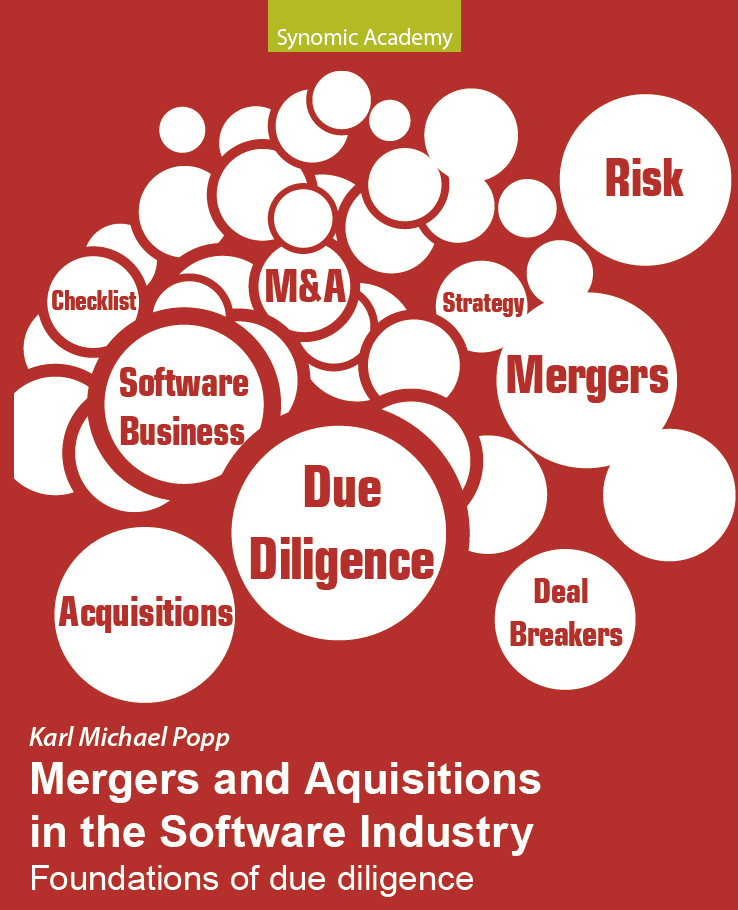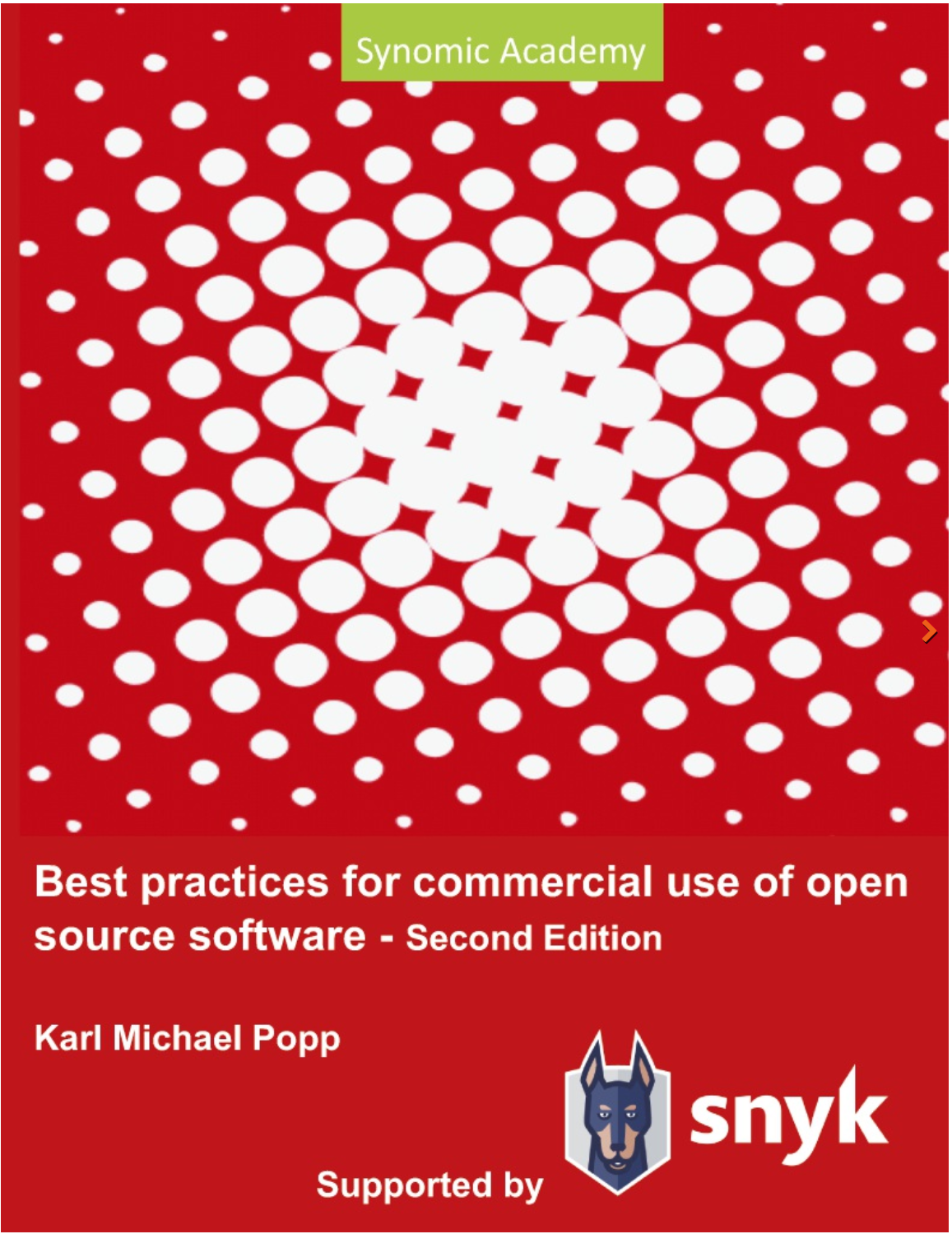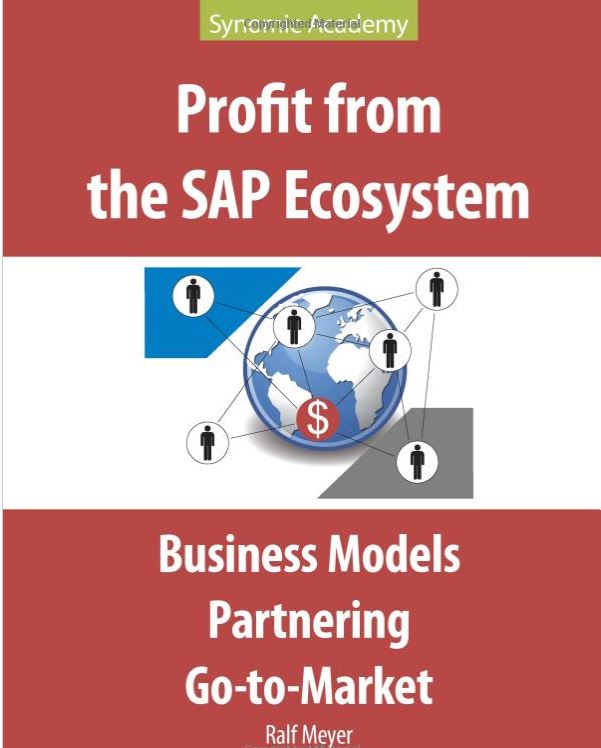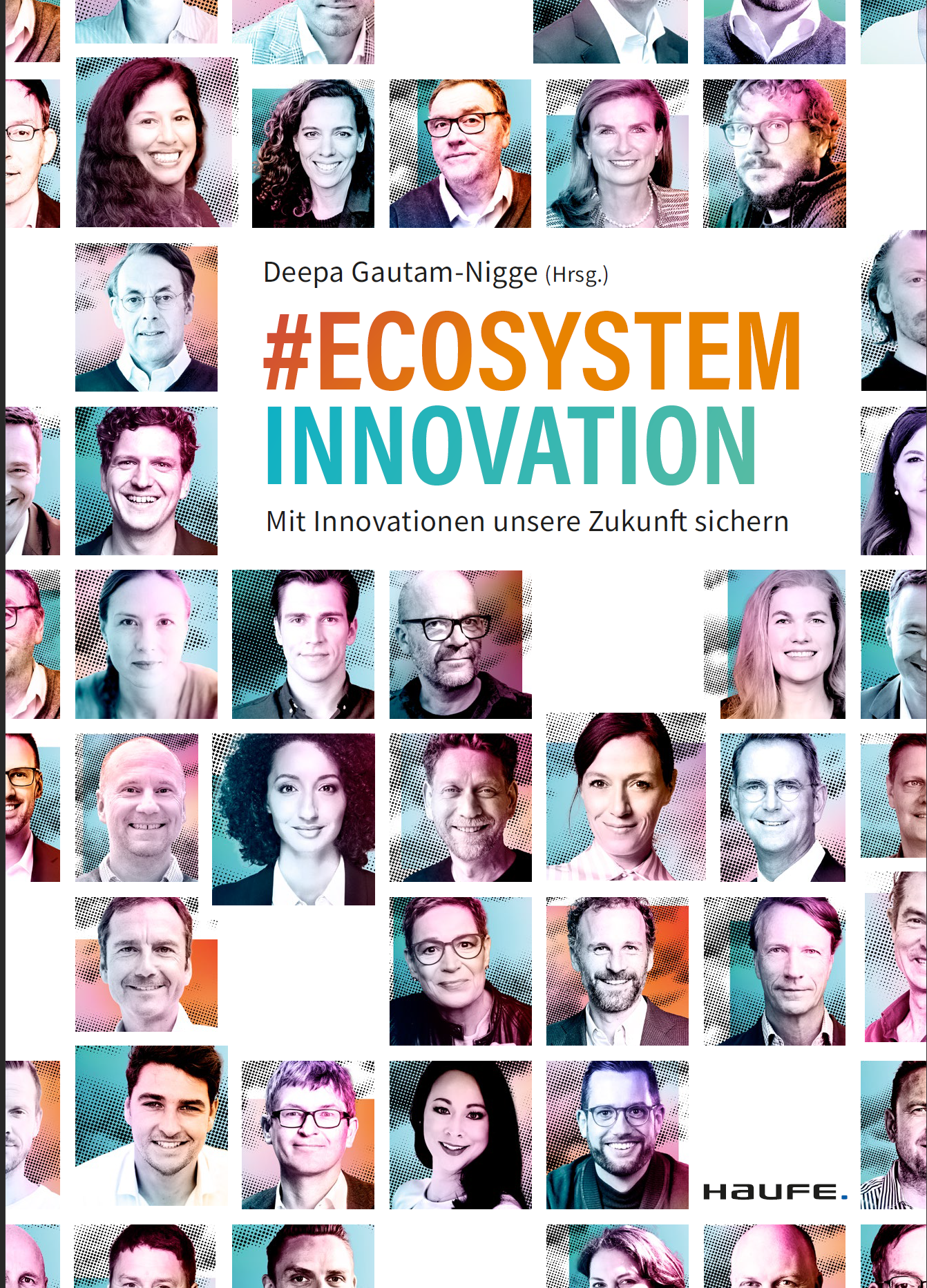Digitalization of M&A: robots are boosting M&A process performance
REQUIREMENT: ROBOTIC PROCESS AUTOMATION HAS TO BE AVAILABLE FOR ALL ACTIVITIES IN THE M&A PROCESS.
While we are used to physical robots vacuuming our homes, software robots are not in widespread use yet. The term used for software robots is robotic process automation. (RPA)
What is RPA?
RPA is defined as tools to build automation for everyday tasks and processes on a computer screen using Software Robots. This can start with a simple sequence of clicks on the screen that you can replay automatically. But RPA can also cover more complex workflows with decision points. RPA tools usually contain a recorder that tracks certain work sequences on your computer screen and can replay it this sequence later.
What is RPA combined with machine learning?
Recording workflows with current RPA tools is a manual process. If combined with machine learning, a digital assistant will track your online work and will propose automation of routine processes you do every day. This will lead to a step by step increase of the level of automation in processes.
How does RPA help in M&A processes?
It frees up time to focus on the really important topics instead of routine tasks and sequences of clicks on a computer screen.
Digitalization of M&A: See what is possible today in just one afternoon
See what is possible today in just one afternoon with pitches of innovative solutions for M&A
Corporate M&A teams don´t have the time and bandwidth to research and follow up with a number of vendors and service providers to get an overview of the latest and greatest innovations for M&A processes.
To solve this issue within one afternoon, Xperience Connect organized an event at Frankfurt School of Finance last week providing several pitches of innovative products and services for next generation M&A processes.
So twenty-two corporates met to have a look at ten vendors, 15 minute pitches by the vendors helped getting an overview within an afternoon, followed by a joint dinner to discuss.
Here are my four highlights of the afternoon:
Target screening
an interesting presentation from a researcher how to reduce the number of potential targets based on acquisition goals, they also use an augmented set of company data. This is a startup in stealth mode but they presented anyway…
Automatic contract analysis
RR Donnelley, a vendor of data room called Venue, showed their product eBrevia, which is a tool to automatically analyze contracts in many different languages based on machine learning.
eBrevia contains about 150 provisions it is able to find and analyze, customers can build AND share new provisions with other customers if they like to.
eBrevia can be used with Venue, but also with other data rooms.
Digital valuation
PWC has an open platform for valuation of startups, https://www.pwc-evaluation.com/
Smart M&A
Midaxo did a very interesting presentation of their innovative, cloud-based, end-to-end M&A process platform.
With this platform, all parties collaborate seamlessly following repeatable, systematic processes based on their specific, corporate playbooks.
Several large corporates, including Daimler and Philipsh have adopted this solution.
Thank you, Stefan Gerhard Schneider for organizing this event. He offered to have follow-up meetings with deep dives, which was well received by the corporates.
If you like this content, please also have a look at www.digitalmergers.com
Digitalization of M&A processes: let´s talk about the data
REQUIREMENT: COMBINE STRUCTURED AND UNSTRUCTURED DATA FOR UNIMAGINED INSIGHTS.
Digitalization of M&A is about data and data analytics, but also about confidentiality, authorizations and access rights.
Establishing a clearly defined, phased, end-to-end M&A process with clearly defined tasks and roles in the different phases (seems obvious, but is not yet implemented, esp. in small and medium countries);
establishing a higher degree of automation of tasks (like automated analysis of contracts which needs all contracts to machine-readable), an important prerequisite is to have digital data as much as possible;
have one large data set along the end-to-end M&A process (to leverage big data analytics) and clear rules which data are safe to be accessed from the following phase.
So what can you achieve if all these prerequisites are fulfilled, here is my vision:
combine structured and unstructured data for unimagined insights : you have financial data, but are they solid and trustable? do the revenue numbers projected reflect the existing contracts with customers? In due diligene, by combining structured information (revenue forecast) with unstructured information (text in contracts, information about pipelines in the data room) you can easily compare both to establish additional trust or to ask tough questions.
leverage data across phases of the M&A process: there are restrictions which data from due diligence can be used in later phases. But the data that you can use from target screening and due diligence can be combined and compared with data. Current data you are looking at could be augmented with historical data automatically.
actionable insights across M&A projects: the data from all phases and all M&A projects can be used to determine actions in a specific situation. Based on machine learning, an automated assistant could propose what to do, what has been done in other projects in similar situations, could propose who to talk to to leverage the lessons learned from other projects.
So the call to action is: Unite your data on and end-to-end platform to build the foundation to leverage the data for better insights, better execution and more success in M&A processes.
Digitalization of M&A processes: Advantages of an end-to-end, unified platform
REQUIREMENT: A UNIFIED DATA LAKE FOR ALL DEALS.
An end-to-end, unified platform builds the foundation of M&A success. End-to-end means that the platform covers all phases of the M&A process from early strategizing to deal sourcing to due diligence, signing, closing and integration. All data are combined to one single source of truth, no data are lost between phases, better and well documented handovers are possible between phases.
Unified platform means no more jumping between different solutions and tools. t eases the pain of processing massive amounts of data, be it the data room or planning data for integration planning. For due diligence, this includes combining collaborative due diligence management with virtual data room capabilities.
While there are many advantages of such a platform, let´s just look at three key advantages.
Advantage 1: A unified data lake for all deals
The data lake covers all process phases and all deals allowing e.g. cross-deal analytics, large training sets for machine learning, proposals of next steps based on best practices from all deals. The data lake contains massive amounts of information, but all information used in the process, information about the process steps and decisions taken is stored in one place.
The load of information in M&A processes is already overwhelming? So how can i leverage this large amount of data? Modern information system technologies like predictive analytics, finding outliers within data, semantic analytics and forensic tool to analyse and navigate large data sets as well as providing the right information for your current work context will enable you to leverage the data collected.
Advantage 2: Better decision are being taken and documented
There are two aspects of this advantage: decision journey and augmentation. For each decision taken, you can always recall the decision journey. How was the decision prepared, who took it, what were the consequences, were the goals of the decision reached?
The second aspect is augmentation of decision tasks: if you are the decision maker, augmentation provides you with similar decision taken in other deals including their impact on results in the integration phase, so you can make the best decision. The augmentation in the deal sourcing phase e.g. includes market data, financial data about all targets and predictive analytics about the future success of the target companies.
Advantage 3: Less documentation and reporting: More productivity
Massively increased productivity and less errors due to robotic process automation. No more learning of process models, they will naturally be followed. No more thinking about what the next step is or what your project status is, all information is augmented in your usual workplace. Reporting annoys you? The platform will autmatically propose the content for the next status update, so you spend less hours on reporting, more on quality work and problem solving.
Outlook: where´s the platform?
So, now we know some of the advantages of the platform: one question remains: is the platform your work environment and do you have to learn a completely new work environment that does not naturally integrate with all the other productivity tools that you are using: email, teleconferencing etc.? The platform i envision will be invisible, you will work in your usual work environment, e.g. using a Windows tablet with Outlook and other tools you know. the platform will track your work and augment inforrmation as you work, no separate login, no missing integrations that get on your nerves.
If you liked this article, you will like my book about due diligence.
Let us cover the final frontier of digitalization: M&A processes!
REQUIREMENT: MASSIVE DIGITALIZATION OF THE M&A PROCESS.
While many business processes are automated, use big data analytics and digital assistants, we seem to run M&A processes like it is 1999. Imagining what is possible today, we are on the verge of disruption in M&A.
What is needed?
Here is the list of requirements to massively digitize the M&A process:
end-to-end process support from early phases to end of the integration project,
Digital learning for M&A knowledge,
Semantic analysis of available data of acquirer and target and then leverage the semantic data to navigate the data via assistive technologies, like automatic analysis of legal documents,
assistive technologies like chatbots, robotic process automation and digital assistants that help managers watch risks, ask the right questions and propose proper next steps,
big data analytics: data rooms are a large data set, so why dig through it manually?,
Use of forensic technologies for understanding and investigating data room content
Automate IT due diligence by using scanners for analysis of networks, applications and interfaces,
Automatically analyse content of existing ERP systems for due diligence, merger integration and migration of ERP systems.
What is already digital?
Learning: see PMI2GO: digital online learning for post merger integration
Data rooms: Trusted file stores for due diligence are digital. But is file store digitalization driven far enough? No. Not yet.
Process digitalization: There are M&A process tools that allow partial automation of management tasks. But do we get digitalization with chatbots, assistive technology based on machine learning? No. Not yet.
The opportunities are massive but are not yet leveraged. I think the M&A community has to provide guidance to vendors to achieve a vision i call the Digital M&A Manifesto. Stay tuned for more details.



